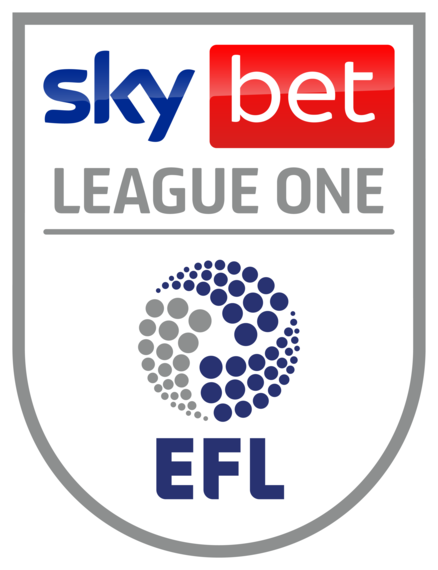The annual AGM took place this morning and here is an overview of the clubs accounts
Following an annual meeting with the Chairman Roland Wycherley lifetime supporter Ant Thomas, a qualified chartered accounted with 10 years’ experience with Deloitte, has taken a look at the club’s accounts and penned an article which looks at the figures. The Chairman would like to thank Ant for the time taken to produce this article.
The views below are based only on information available in the public domain and do not contain any personal views.
Background
All companies in the UK are required to prepare accounts. For existing companies these are usually prepared on an annual basis and are required to be published at Companies House, where they can be viewed by any member of the public.
Different sized companies have to publish varying levels of information in their accounts. Large, listed companies have to publish lots of information, and their accounts often run over 100 pages in length. However smaller companies are given many exemptions, with some only publishing abbreviated accounts which can be as short as three or four pages.
Listed companies have to publish their accounts within three months of their year-end, whilst for most private companies it is 9 months. If they are filed later the directors face penalties and for repeat/ the worst offenders, even criminal proceedings may occur.
Shrewsbury Town Football Club Limited’s (“STFC”) year-end is 30 June hence each year accounts are due to be filed at Companies House by 31 March the following year.
This article looks at some of the key information in the publicly filed accounts for the year-ended 30 June 2013 – essentially our first season in League One following promotion.
Key statements in the accounts
The directors’ report
Each company is required to include a Directors’ Report – this gives an overview of what the company does, its financial performance, any significant changes in the business and prospects for the future.
In addition to this the STFC accounts include a statement from the chairman – and this can be read in full on the club’s website shortly.
Auditor’s report
All companies of a certain size (and some regardless of size, such as financial institutions and listed companies) require an audit by an independent firm of auditors. Their job is to confirm that the accounts are “true and fair” – in other words that there isn’t anything misleading included or excluded from them.
Audit reports have a standard form to confirm this, but can be modified where the auditors note something of particular significance - for example if they find a sizeable error which management refuse to correct, or if there is significant doubt over the company’s ability to continue trading in the next 12 months (where there are no doubts over this, a company is referred to as a “going concern”).
The auditor’s report for STFC is clean i.e. the accounts give a true and fair view of the club’s financial performance and position and there are no concerns over going concern.
Profit and loss account - overview
The profit and loss account shows a company’s “financial performance” for the period of the accounts. In short this means what they’ve earned (revenue/income) less what costs they’ve incurred (such as wages, rent, utilities etc.).
Note that different types of companies have different targets for their profit and loss accounts. Some companies will look to maximise profits so that they can pay dividends to shareholders. For others the aim may be to break even so that all income brought into the business is re-invested in the same year.
They key elements are as follows:
Revenue (2013: £3,824k, 2012: £3,878k)
Revenue relates to amounts earned by the club. This includes match receipts, player transfer fees, commercial revenue at the club and amounts receivable from football authorities (e.g. cup prize money or money from TV deals). Clubs are not required to split the total revenue balance by the categories above in their financial statements.
Overall revenue has broadly stayed the same in season 12/13 compared to 11/12.
COS (2013: £3,664k, 2012: £3,527k)
Cost of sales relates to the cost of a company in delivering its goods/ services. For STFC this includes staff and other costs.
The accounts disclose the total level of staff costs for the club in the year. This increased from a total wage bill of £2,695k in the 2011/12 season to £2,872k in 2012/13.
The average number of employees decreased from 175 to 172 (this number includes all club employees including players, staff, stewards etc.), with this number including an average of 37 playing staff in each season.
Companies also have to disclose if the directors have received any payments during the year, either for services to the club. The directors of STFC received no payments from the club during either year, nor did the club owe them any money at the end of either year.
Admin costs (2013: £549k, 2012: £630k)
Admin costs relate to other costs incurred by the club, being of a more fixed nature such as rates, utilities and office staff. Also included in here is any depreciation cost in the year.
Depreciation is when a company buys an asset and then reduces its value over its expected life. For example if a company bought a car for £20k and expected it to last for four years, it would record a depreciation cost of £5k each year, until after four years it had a value of £nil. In the current year the depreciation charge has decreased which partly explains the reduction in admin costs.
Interest receivable (2013: £6k, 2012: £5k)
Interest receivable relates to amounts earned on cash balances held by STFC.
There is no interest payable as the club does not have any bank loans/ overdrafts or loans with other parties.
Corporation Tax (2013: £Nil, 2012: £Nil)
This line relates to corporation tax only. Companies also pay a range of other taxes such as national insurance, VAT and rates etc. – albeit these are rarely referenced to when the media talk about the level of company tax paid.
Corporation tax is not payable when a company makes a loss during the year hence why STFC have not paid any corporation tax in either the 12/13 or 11/12 financial year.
Balance sheet - Overview
The balance sheet shows a company’s “financial position” at the year-end date, 30 June 2013. This shows the “assets” a company has (e.g. buildings, cash, amounts owed to them by customers, and stock etc.) and their “liabilities” (e.g. amounts owed to suppliers or borrowings such as loans to banks or directors).
Assets that can be turned into cash generally within a year are called “current assets” – long term assets are called “fixed assets”. Liabilities that require payment in cash within a year are called “current liabilities” – longer term are unimaginatively called “long-term liabilities”.
Companies with a positive difference between current assets and current liabilities are considered to be in a financially secure position. STFC have current assets less current liabilities of £374k. The total difference between its total assets and total liabilities is £12.4m.
Assets – Non Current
These are assets that cannot be readily turned into cash quickly.
Intangible assets (2013: £32k, 2012: £12k).
These relate to player transfer fees. When a club buys a player they record the amount paid as an asset. This value is then reduced over the life of the contract or until the player is sold. The amount left at the year end is known as the “net book value” or the “carrying value”. For example if a player was bought for a £50,000 transfer fee, on a 2 year contract, then at the end of the first year of the contract this “asset” would have a carrying value of £25,000.
In 2013 the club added transfer fees for a total of £40,000. Transfer fees of £50,000 from previous years had been “disposed” of in the year i.e. the player’s or players’ contracts this relates to had left the club during the year.
Tangible assets (2013: £14,081k, 2012: £14,063k)
These relate to physical assets – in STFC’s case this is split as the stadium and its buildings (“freehold property”) or £13,997k and plant/machinery of £84k. Tangible assets are recorded at their cost and then either reduced in value over their expected life, or in the case of long lasting assets, are kept at their initial value.
For example, if you bought a car for £20,000 you may assume it would last 4 years, hence would reduce its value by £5,000 each year that you held it.
As the STFC stadium is seen as an asset whose value does not reduce/ depreciate, it is held at the same value as at 30th June 2012.
Assets – Current
These are assets that can readily be turned into cash, or are cash.
Stocks (2013: £24k, 2012: £25k).
These include STFC merchandise and stocks used day to day by the club. The amounts are similar year on year and are not significant when related to the rest of the balance sheet.
Cash (2013: £1,363k, 2012: £1,743k)
This is cash held in the bank. The reduction year on year is largely driven by the loss discussed above in the profit and loss account.
Debtors (2013: £374k, 2012: £524k)
Debtors are amounts owed to the club by other parties (known as “trade debtors”) or where the club has paid a bill up front (“prepayments”). The balance in most business can fluctuate year on year, especially for football clubs who can be owed money from different parties each year such as from other football clubs or from the football league or association.
Creditors (2013: £1,388k, 2012: £1,497k)
Creditors relate to amounts owed to other parties such as suppliers, the tax man or other football clubs. In addition where companies receive money in advance for something before they have delivered the goods/ services, they don’t recognise this as revenue in the profit and loss account until they have delivered the good/ service.
Think of this like when you put a deposit down on a holiday – the company can’t record this as revenue until you’ve been on your holiday. For STFC this is the same for season tickets paid in advance. For the 12/13 season this amount reduced from £499k to £460k.
Other creditor balances have not moved significantly and tend to move year on year depending on when certain invoices/ payments are required from 3rd parties.
Note: If a company had any loans or overdrafts outstanding, either to a bank/ 3rd party, or to the club directors, they would be included in “creditors”.
The club has no debt, either to the directors or to a bank/ 3rd party.
Deferred Capital Grant (2013: £2,079k, 2012: £2,079k)
This relates to a grant received for the stadium. It is only recorded with the profit and loss account as the stadium is reduced in value. As per the “fixed assets” section above, STFC do not reduce/ depreciate the value of the stadium hence there has been no movement in the deferred capital grant in the year.
Share capital (2013: £1,946k, 2012: £1,946k)
Share capital is the total number of shares in a company that have been issued and paid for. For STFC this is 778,281 shares, each at a value of £2.50 each. No new shares have been issued in the financial year.
Reserves (2013: £10,464k, 2012: £10,848k)
This represents the cumulative profit/ losses of the company since its incorporation. For STFC the balance is positive, albeit it has reduced due to the loss made in the year.


